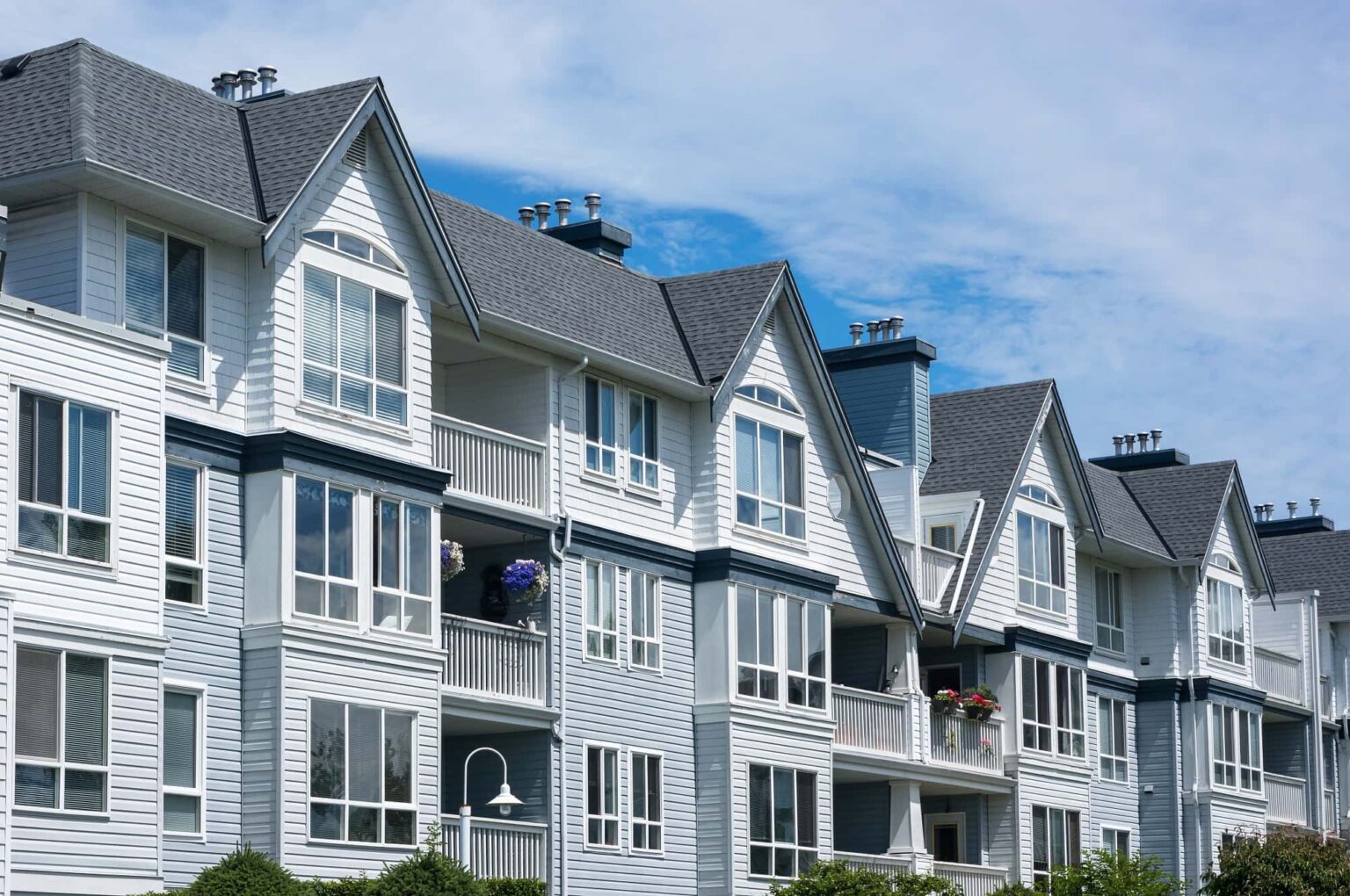
Maxwell Drever addresses confusion around why workforce housing needs attention
There is a severe housing crisis in the United States, and a diverse set of American citizens, such as workforce groups from different industries, feel left out. Lack of affordability remains one of society’s most significant challenges for an increasing number of Americans across racial, ethnic, income, and age groups—and prices are only likely to rise. The housing market needs fixing. And Government officials should work collaboratively with everyone who has experience or insight on the issue because there is no single solution: the required resources are extensive and complex. So one has to use their power to make the change happen for the long-time sufferers, the missing middle class, who form almost half the country’s population.
Despite earning well compared to low-income families, middle-income households struggle to pay rent or buy a house because of the expense. They get only two options, in the end, to find shelter for themselves – either pay more or move to a distant location in search of an affordable livable unit. Offering affordable workforce housing can be the solution to their woes. Maxwell Drever asks what affordable workforce housing is to give a better insight into their crisis.

Affordable workforce housing
The income level can vary depending on whether the households in question live in a county or state with other rental options available. Apartments can be an example of workforce housing if the median income of tenants falls 80-120% of the median income for the area. In cities like San Francisco and New York City, rentals offered at this level generally serve families who make as much as 150% of the local/state’s median income. In any case, amenities vary from project to project. Still, overall, it’s best to expect a higher level of living standards than what otherwise forms typical affordable housing for low-income groups. More precisely, affordable workforce housing can be 50-60 percent below market rates.
Maxwell Drever says this type of realty market targets nurses, teachers, hospital support staff, police officers, delivery people, and others invaluable to any society or community they serve.

Why build affordable workforce housing?
An excellent way to lose talent is by depriving workers of the basic foundation in their lives – a home. By building workforce housing, businesses will receive a sense of goodwill in their surrounding communities. Workers will have access to affordable living since there is less money to spend on housing, and you can bet that they will feel better about where they work due to this change in perspective. As a result, companies will not struggle with hiring and can focus on their growth. When they grow, they can create more employment opportunities.
Also, a thriving community in the real sense needs a diverse cultural mix for knowledge expansion, sustainability, and humanity. It cannot happen if a specific section of the population doesn’t get a chance to blend and mingle. It may not be immediately apparent to the mind. Still, lack of inclusiveness can result in linear thinking and mindset that can endanger society’s inner growth and development in terms of a strong foundation.
Anyway, workforce people need decent living places that don’t burden them financially or compel them to move away to any sub-standard locations.







